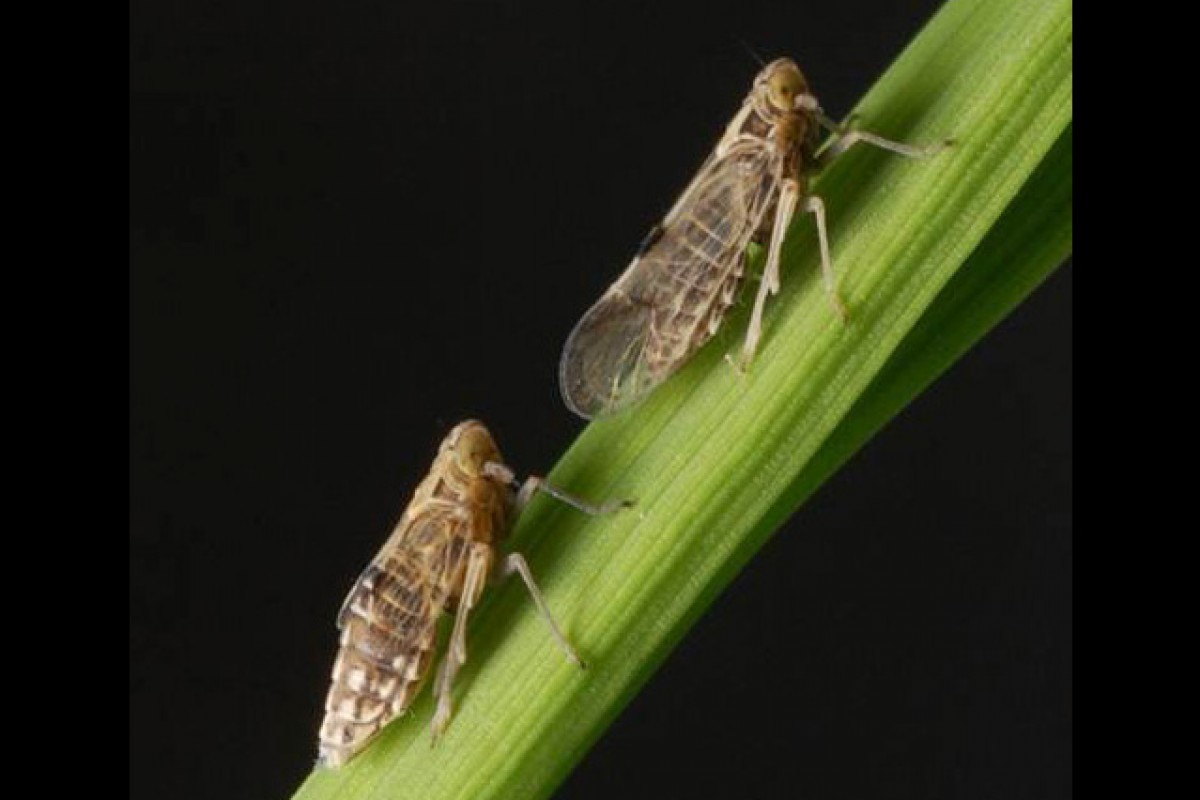NUEVA ECIJA -- There is no single way to effectively manage pests in the rice field, an expert from the Department of Agriculture-Philippine Rice Research Institute (DA-PhilRice) said with the recent infestation of brown planthoppers (BPH) in 600 ha of rice farms in Bulacan.
“Many farmers look for that one solution to end pest problems in their rice fields, but there is none. We need to combine several practices in managing pests in the fields,” Leonardo V. Marquez, pest management expert, explained.
Marquez said that BPH is one of the most common rice pests; together with rice blackbug, rice bug, stem borer, and green leafhopper, which spreads tungro, bacterial blight, rice blast, and sheath blight.
He explained that it is possible to effectively manage pests if farmers use high-quality seeds and pest resistant variety, practice synchronous planting, and avoid excessive fertilizer application.
Some BPH-resistant varieties are PSB Rc2, 10, NSIC Rc 212, Rc 222, Rc 224, Rc 226, Rc 298, and Rc 300. These varieties are also resistant to other pests such as green leafhopper, bacterial leaf blight, and stem borer.
He said that farmers should also let the soil rest, called as fallow period, remove weeds from dikes where pests may thrive, plow and dry soil after harvest, and monitor the rice field regularly.
He added that it is important to avoid unnecessary use of pesticides to conserve beneficial organisms such as ground beetle, lady beetle, damselfly, and dragonfly. These organisms prey on brown planthoppers, green leafhoppers, and other pests.
“If these practices are observed, yield loss due to pests will be minimized, production cost will be reduced, and high grain quality will be achieved,” Marquez said.
Browse bit.ly/PhilRicevarieties to know more about pest-resistant varieties or contact the PhilRice Text Center (0917-111-7423) for more information.
To watch the discussion of this topic, click this link: bit.ly/3PhilRiceFB. (DA-PhilRice)



